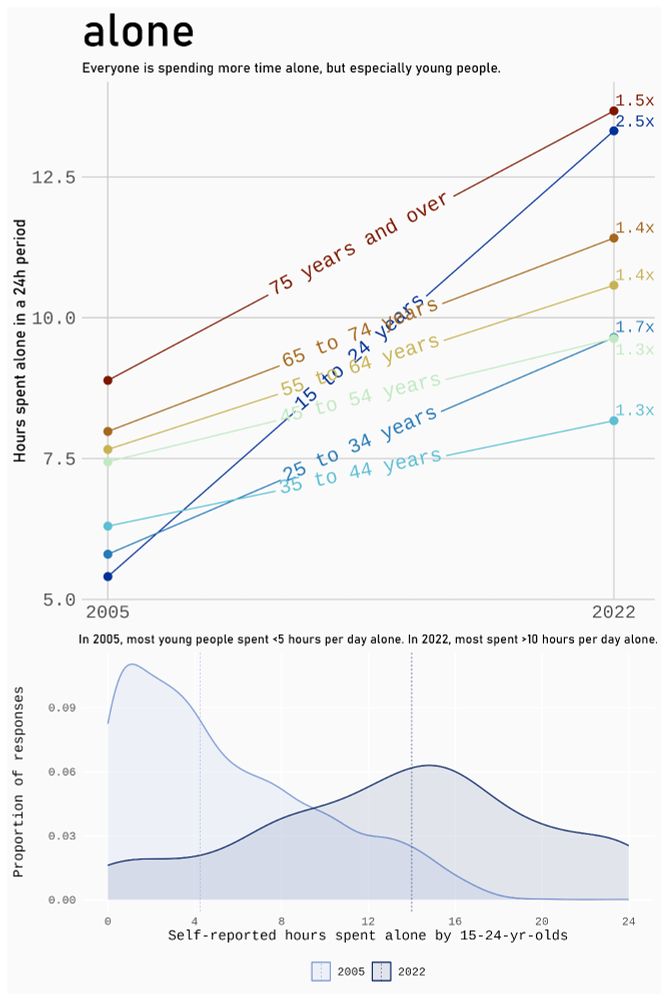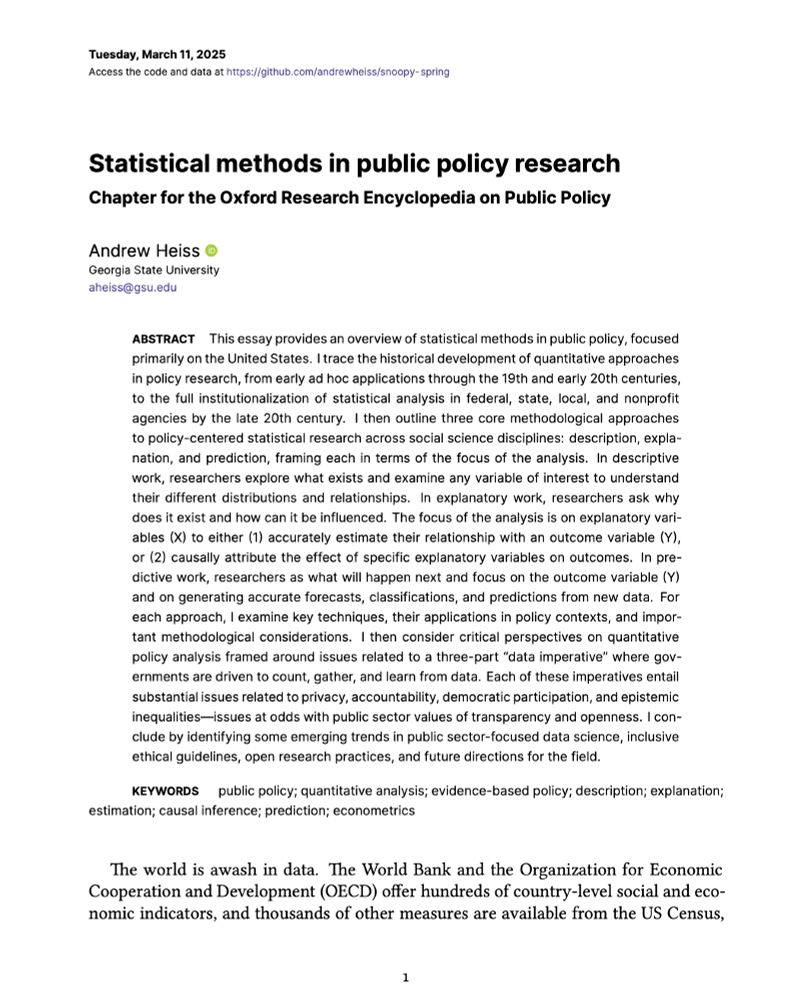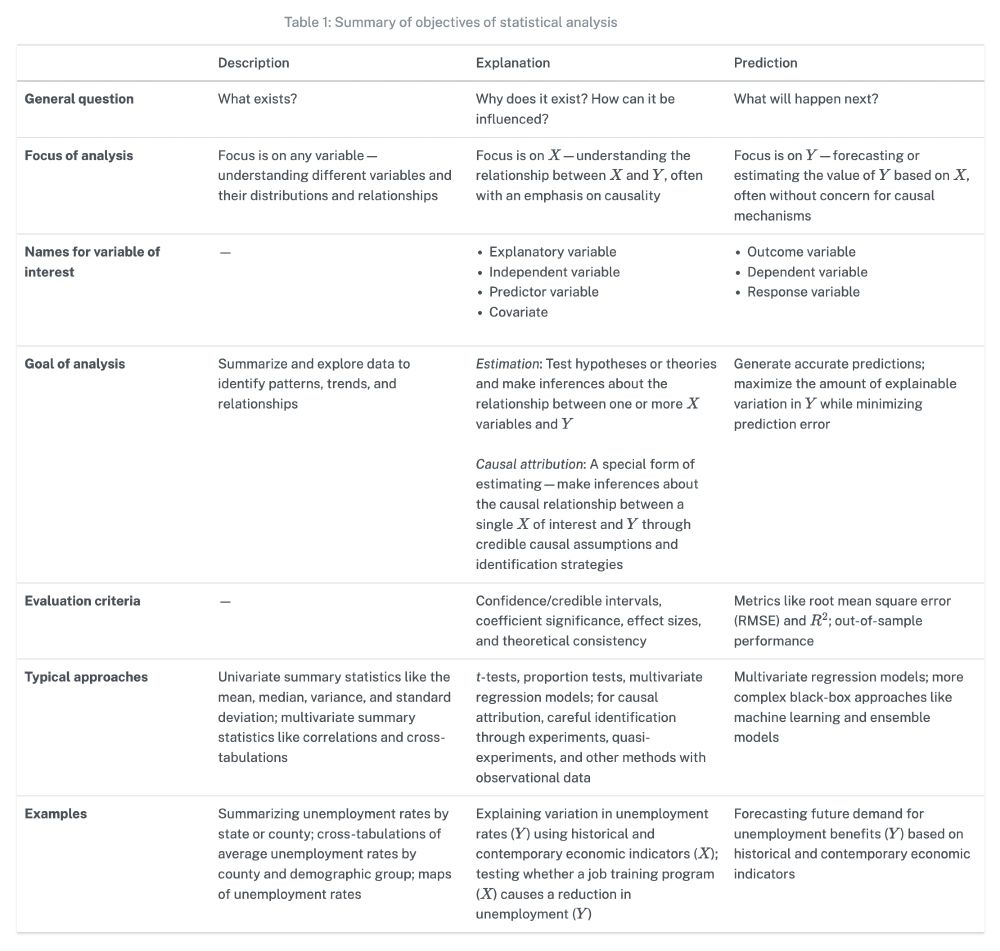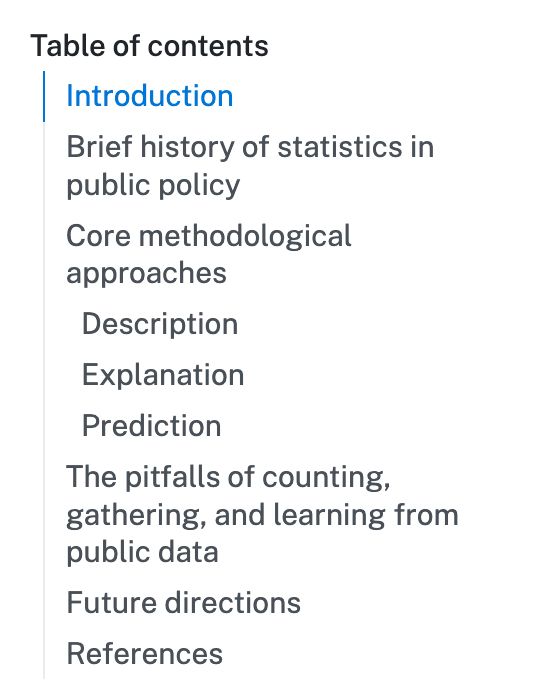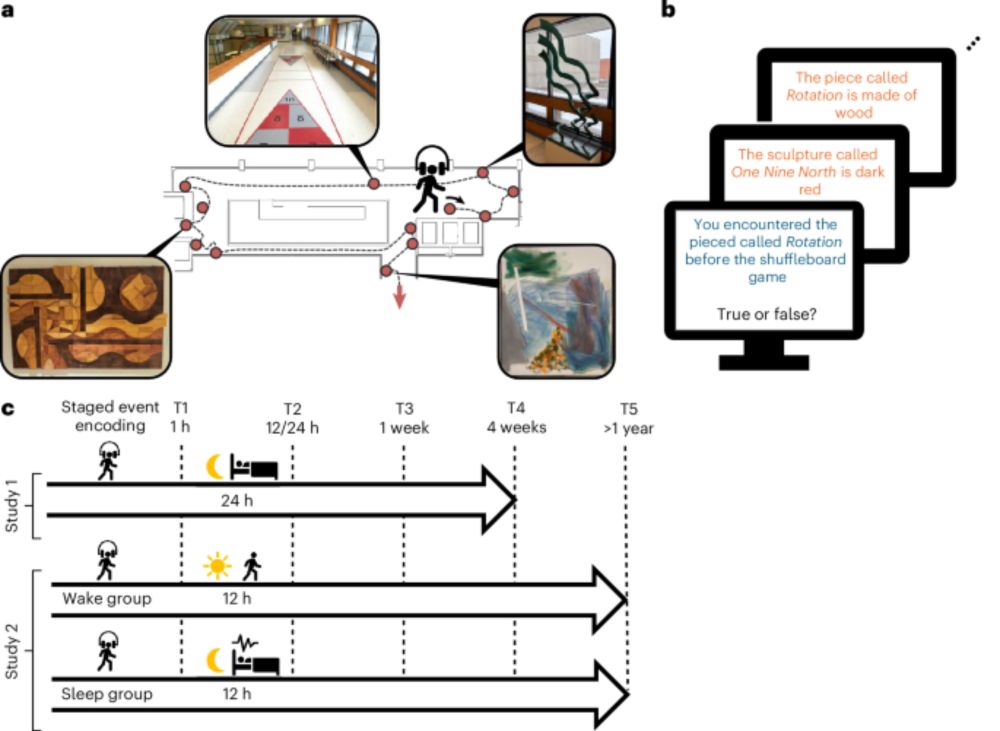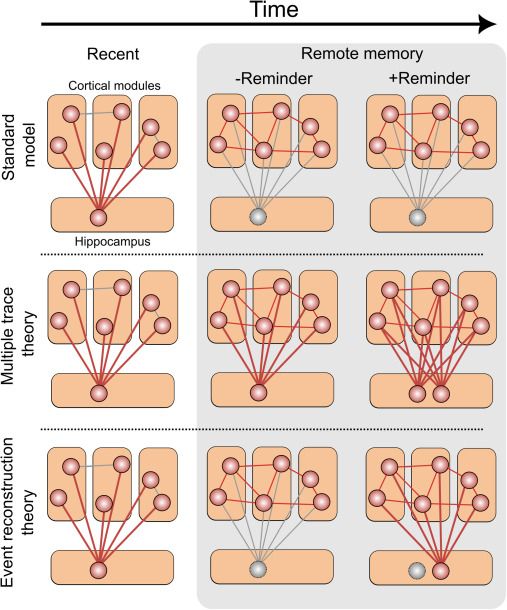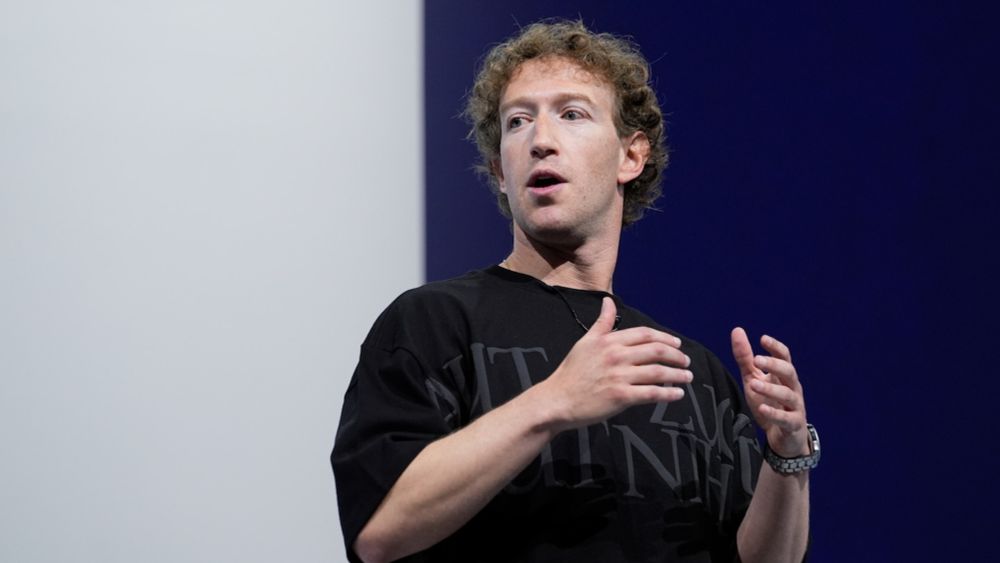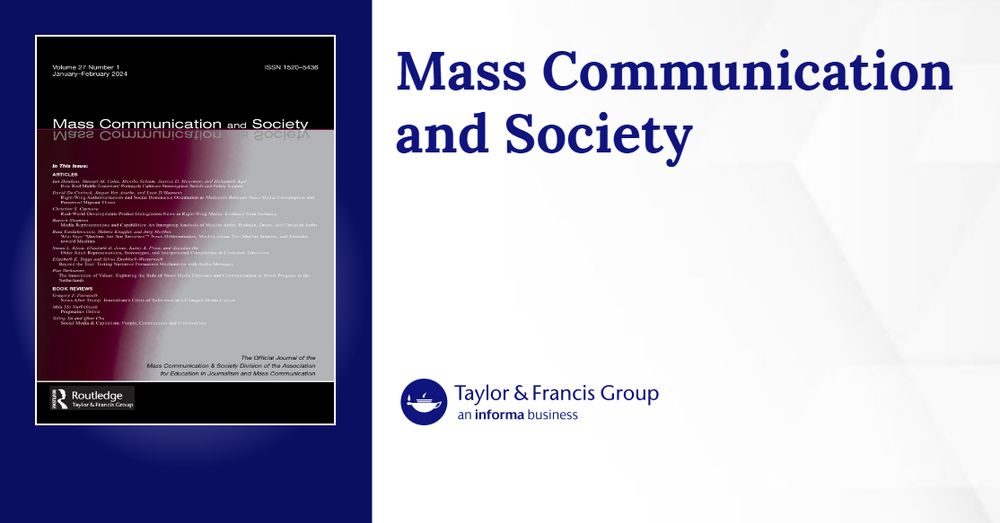Nick Diamond
@diamondn.bsky.social
500 followers
1.9K following
14 posts
scientist of human behaviour in government — former academic 🧠 memory scientist
https://scholar.google.ca/citations?user=PloV67gAAAAJ&hl=en
Posts
Media
Videos
Starter Packs
Reposted by Nick Diamond
Reposted by Nick Diamond
Reposted by Nick Diamond
Nick Diamond
@diamondn.bsky.social
· Mar 13
Reposted by Nick Diamond
Nick Diamond
@diamondn.bsky.social
· Mar 12

Sleep studies enter the real world - Nature Human Behaviour
Memory for details fades over time, yet retaining the spatiotemporal associations inherent to our individual experiences may be adaptively relevant. Using an art tour as an experimental setting, Diamo...
www.nature.com
Nick Diamond
@diamondn.bsky.social
· Mar 12
Brian Levine
@brianlevine.bsky.social
· Mar 12
Reposted by Nick Diamond
Monika Schönauer
@mschoenauer.bsky.social
· Feb 26
Reposted by Nick Diamond
Nanthia Suthana
@suthanalab.bsky.social
· Mar 10
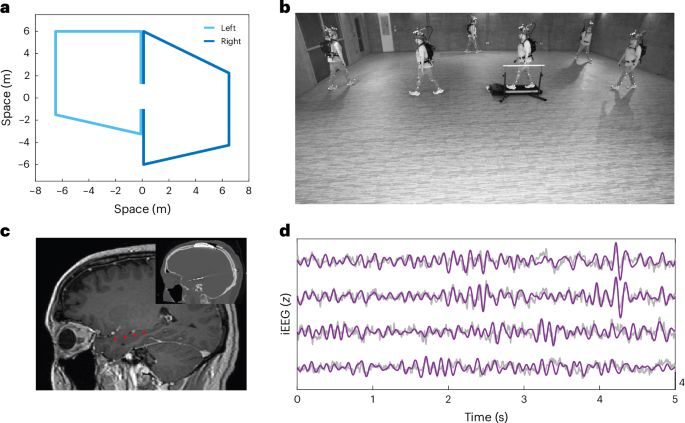
Human neural dynamics of real-world and imagined navigation - Nature Human Behaviour
Seeber et al. studied brain recordings from implanted electrodes in freely moving humans. Neural dynamics encoded actual and imagined routes similarly, demonstrating parallels between navigational, im...
www.nature.com
Reposted by Nick Diamond
Reposted by Nick Diamond
Reposted by Nick Diamond
Hugo Spiers
@hugospiers.bsky.social
· Jan 16
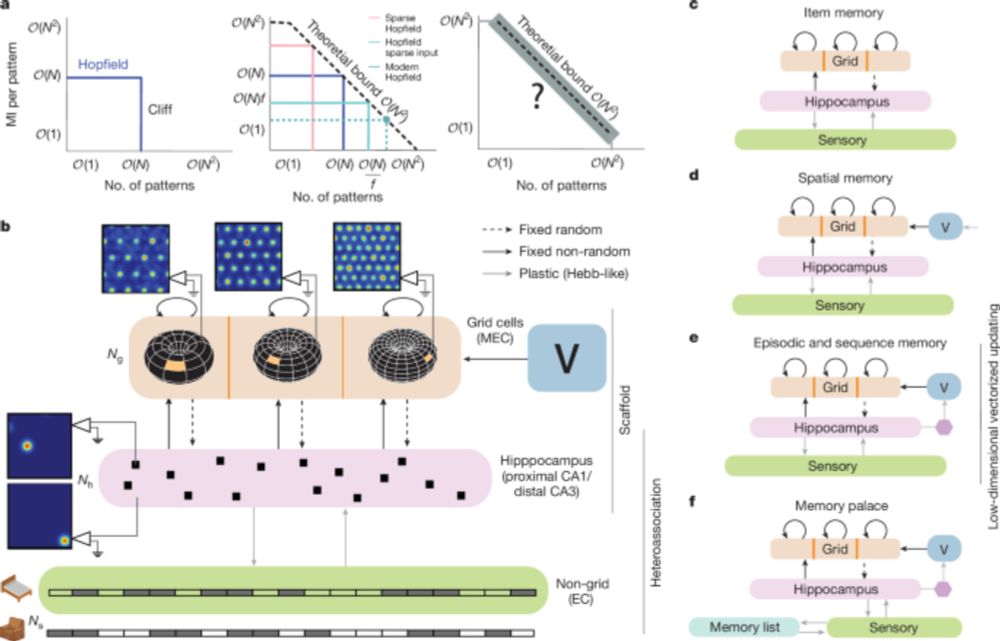
Episodic and associative memory from spatial scaffolds in the hippocampus - Nature
A neocortical–entorhinal–hippocampal network model based on grid cell states recapitulates experimental results and reconciles the spatial, associative and episodic memory roles of the hippocampus.
www.nature.com
Reposted by Nick Diamond
Reposted by Nick Diamond
Reposted by Nick Diamond
Reposted by Nick Diamond
Dan Diamond
@ddiamond.bsky.social
· Jan 12

‘I can’t go toe to toe with social media.’ Top U.S. health official reflects, regrets.
Xavier Becerra, who has led the Department of Health and Human Services, says federal agencies are outmatched in a world of “instantaneous information and disinformation.”
www.washingtonpost.com
Reposted by Nick Diamond
Will Stancil
@whstancil.bsky.social
· Jan 7
Reposted by Nick Diamond
Reposted by Nick Diamond
Reposted by Nick Diamond
Reposted by Nick Diamond



